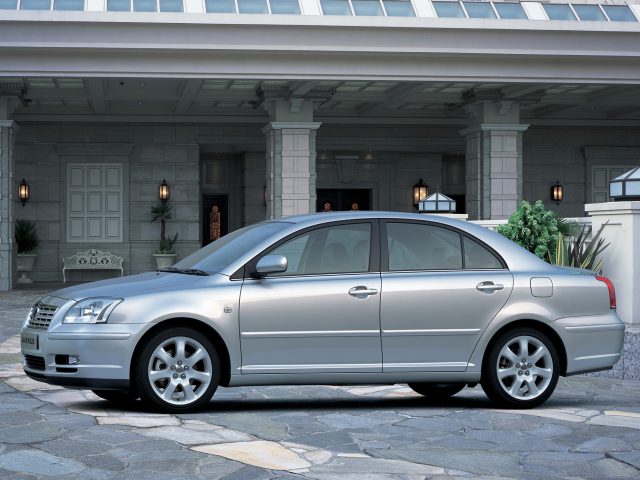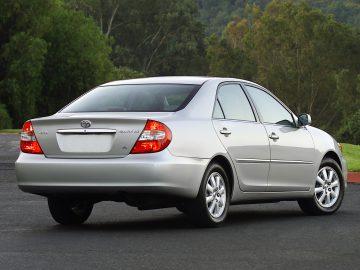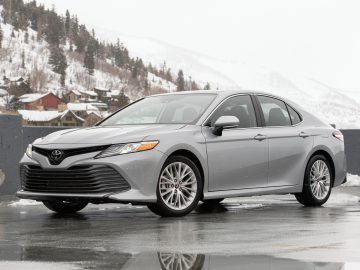Spotted: a Toyota Camry station wagon
The Toyota Camry is best known as a sedan. That is also by far the best-selling body style and the only body style that was available for all model generations. In fact, the last four generations were and are only available as sedans. So over the years there have been other body styles. Generation V20, produced from 1986 through 1992, for example, also came as an estate car.
The spotted specimen
It has been a long time since we encountered a generation V20 Toyota Camry in the Netherlands, so we were happy to make a photo stop at this one, which we came across in a rainy Leiden. To be precise, here we see an original Dutch 1987 Toyota Camry 2.0 XLi Station Wagon, which has also been with its current owner since 2002. Who takes good care of it, because apart from the bits of tape on the corners of the front bumper, it still looks very clean.
The 2.0 XLi was pretty much the “mid-model” of the then (Dutch) Toyota Camry lineup. Below it were still the 1.8 XL and the 2.0 TD XL (a diesel), above it you found the 2.0 GLi and the 2.0 GXEi. The spotted 2.0 XLi had under the hood a 2.0-liter four-cylinder gasoline engine with 94 kW (130 hp). Considering the engine output, the spotted Camry is already from after the 1987 subtle update, as before that the block delivered 89 kW (121 hp). Not much by today’s standards, but it was enough to reach 100 km/h in just under ten seconds. After all, the spacious midsize car weighs only about 1,200 kg. Come up with that in a modern car….


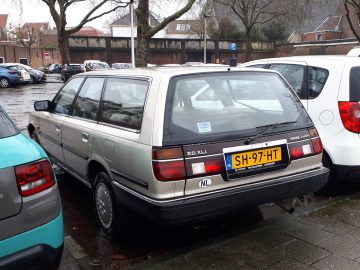
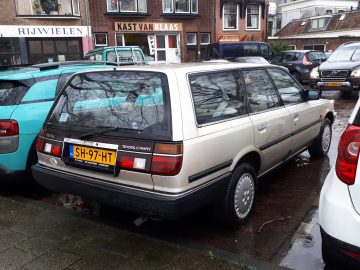
More variants Toyota Camry V20
The Toyota Camry of model generation V20 came in another body variant besides sedan and station wagon: the so-called hardtop sedan. That one had a slightly lower roof and doors without window bars. Also missing was the narrow side window in the rear D-pillar. The hardtop sedan was delivered only in Japan, but it did serve as the basis for the first-generation Lexus ES, which was also delivered in North America, among other countries.
A market-specific version of the Toyota Camry V20 was also delivered in Australia. Indeed, there the car was also available as … Holden Apollo! That was just a Camry with only different logos on it. This rebadge variant may be unexpected, but in those years, General Motors frequently collaborated with Toyota. In North America, for example, some Toyota models also came as Chevrolet.
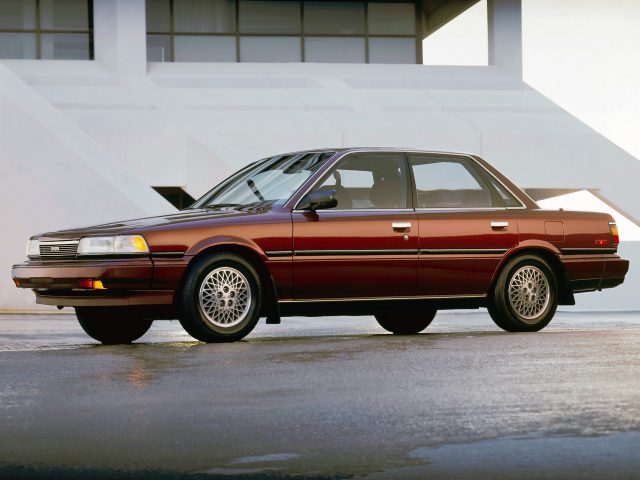
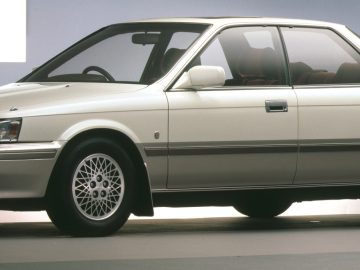
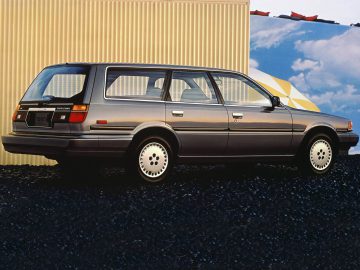
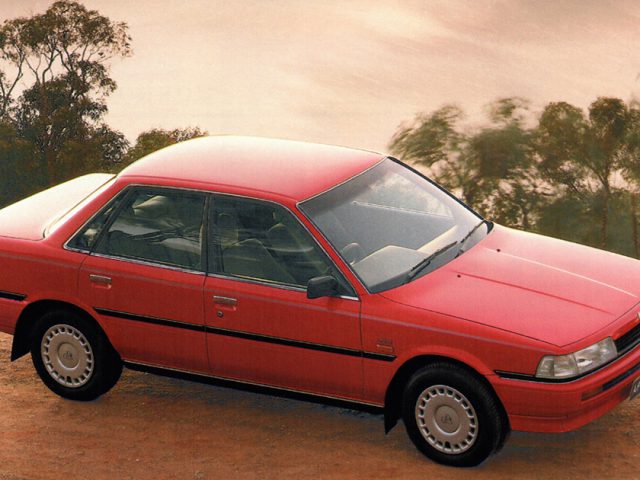

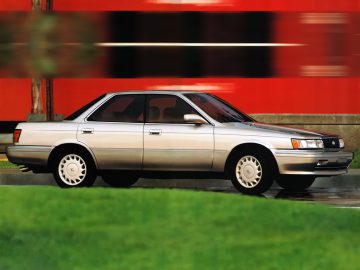
Toyota Camry V20 had two successors
As mentioned, the Toyota Camry V20 remained in production through 1992, but production for the Japanese and North American markets ceased a year earlier. In fact, the first successor was ready in 1990. Then, for the Japanese market, they came ahead with generation V30, available only as a sedan and hardtop sedan. Another new-generation Toyota Camry, the XV10, followed in 1991. It was slightly larger and ushered in a new series of so-called wide body models. The XV10 did come again as an estate car, and instead of the hardtop there was a two-door coupe.
Even with the model generations that came after, Toyota for a long time stuck to a setup with a “narrow body” Toyota Camry for the Japanese market and a “wide body” for international markets. That had everything to do with Japan’s car tax system, in which the size of the car plays a big role. In 2003, the narrow-body model line came to an end, to be succeeded by the Avensis as we know it in Europe. The “wide body” line continued and with the current 2017 generation, we have already arrived at the Toyota Camry XV70. By the way, those later “wide body” models were and are also delivered in Japan, but in a higher segment than before.



